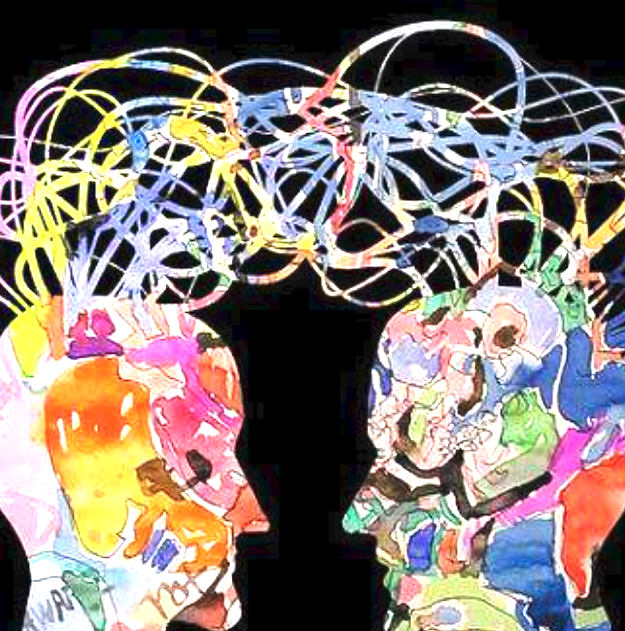



LCP












Cross-lingual knowledge
Computational linguistics
Monolingual and cross-lingual knowledge transfer for topic classification
Arxiv (2023)
Chatbots and virtual assistants are on the rise, but building them is not easy. Collecting and labelling conversational data takes effort, and cross-lingual topical datasets are scarce. We address this by training a multilingual model on a monolingual topical dataset. Our model can transfer topical knowledge across multiple languages, with accuracy that correlates with the size of language-specific pre-training data.
Arxiv (2023)